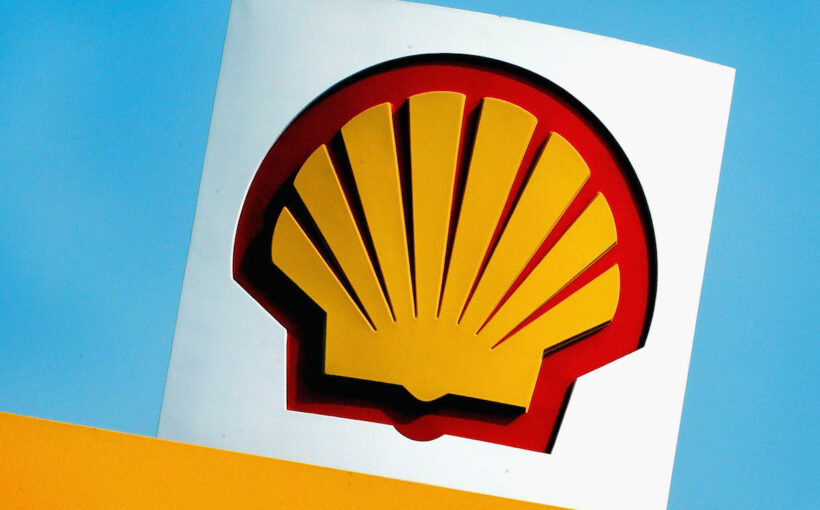When oil supermajor Shell PLC (NYSE: SHEL) reported second-quarter results early Thursday, the expected bad news from the oil patch became a reality. Adjusted earnings, the industry’s favorite metric, fell by nearly half from $9.6 billion in the first quarter to $5.1 billion. Compared to last year’s second-quarter adjusted earnings of $11.5 billion, the decline was nearly 56%.
The reason is simple. In the second quarter of last year, Brent crude prices averaged $113 a barrel, compared to this year’s average of $75 a barrel.
And it is not just private oil companies suffering. Norway’s state-controlled energy giant Equinor ASA (NYSE: EQNR) reported adjusted earnings of $7.64 billion for the second quarter, down 57% from earnings of $17.6 billion in the year-ago quarter. Saudi Arabia’s oil export revenue dropped by nearly 38% year over year in May from $30.8 billion last year to $19.2 billion.
The Saudis, and their partners in OPEC+, are fighting lower prices by cutting production. Oil profits provide 46% of the country’s GDP. By choking off supply, prices will go up. It is Econ 101.
Publicly traded oil giants have to move on to Econ 102. Shell, Equinor and other supermajors have to keep production up, but the only way they can do that is to keep their cost of capital low. And the preferred way to do that is to keep investors happy by raising dividends and share buybacks. If they have to borrow more to manage the higher returns to investors, they will prosper when the cyclic nature of oil markets sends prices up again.
Equinor expects to pay $11 billion in dividends this year and toss in another $6 billion in share buybacks. The company’s oil and natural gas production increased by 1% year over year in the second quarter, and the company said it still expects to meet its planned 3% output growth target for the year.
Shell is raising its dividend payment by 15% and is starting a three-month, $3 billion share buyback program, with another $2.5 billion in buybacks to come before the end of the year.
Closer to home, Chevron Corp. (NYSE: CVX) announced preliminary second-quarter results earlier this week. Adjusted earnings are expected to come in at $6.01 billion, down 48% year over year. Another favored metric for oil companies is return on capital employed (ROCE). Chevron reported that ROCE for the quarter was 13.4%, down from 26.5% in the second quarter last year. Net oil-equivalent production rose by nearly 2.2% to 2.96 million barrels per day.
Investors need not fear, however. Chevron paid out $7.2 billion to investors in the second quarter, $2.8 billion in dividends and $4.4 billion in buybacks.
Both Chevron and Exxon Mobil Corp. (NYSE: XOM) will report quarterly results before U.S. markets open on Friday.
The Federal Reserve’s Federal Open Market Committee (FOMC) raised the federal funds rate by a quarter point on Wednesday to a new range of 5.25% to 5.5%. It was not a big surprise, and the FOMC’s vote was unanimous.
Before U.S. markets open on Thursday, the Bureau of Economic Analysis will issue its first estimate of U.S. gross domestic product for the second quarter. The consensus estimate calls for growth of 1.6%, down from 2.0% growth in the first quarter. The GDP deflator, a measure of inflation, is expected to come in at 3.0%, down from 4.1% in the first quarter. The FOMC knew the actual numbers before raising interest rates Wednesday.
Sponsored: Tips for Investing
A financial advisor can help you understand the advantages and disadvantages of investment properties. Finding a qualified financial advisor doesn’t have to be hard. SmartAsset’s free tool matches you with up to three financial advisors who serve your area, and you can interview your advisor matches at no cost to decide which one is right for you. If you’re ready to find an advisor who can help you achieve your financial goals, get started now.
Investing in real estate can diversify your portfolio. But expanding your horizons may add additional costs. If you’re an investor looking to minimize expenses, consider checking out online brokerages. They often offer low investment fees, helping you maximize your profit.
Source: Read Full Article
